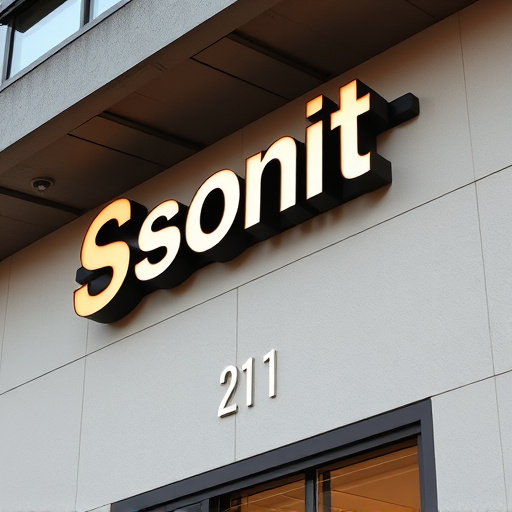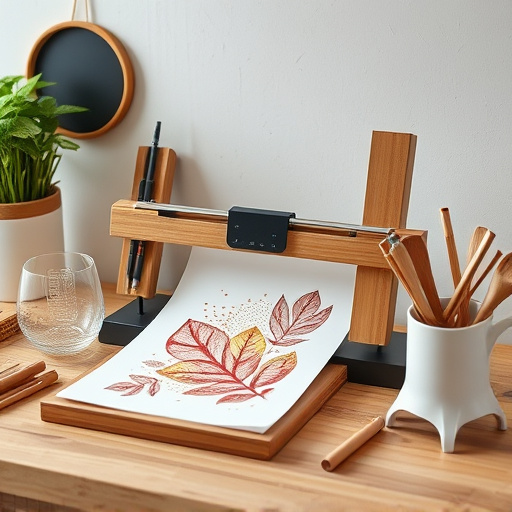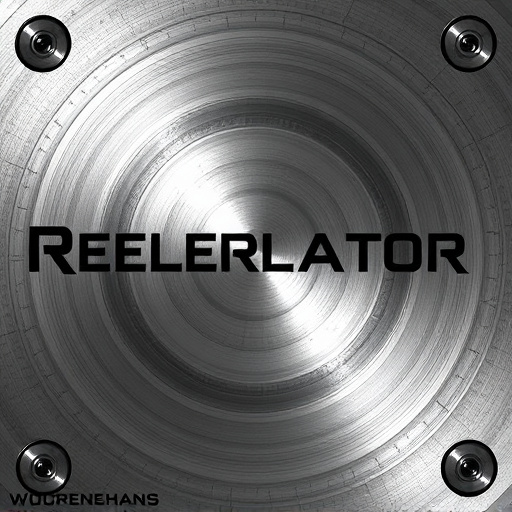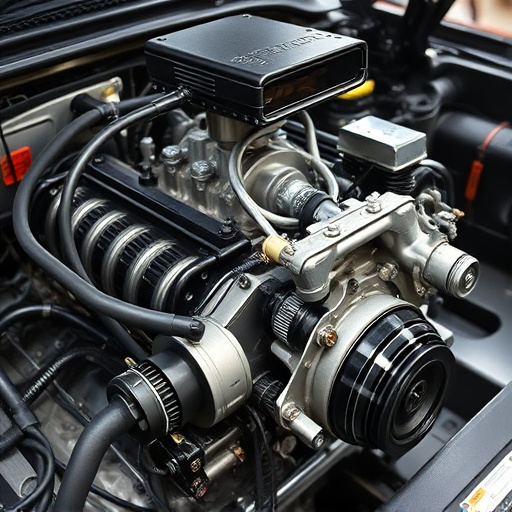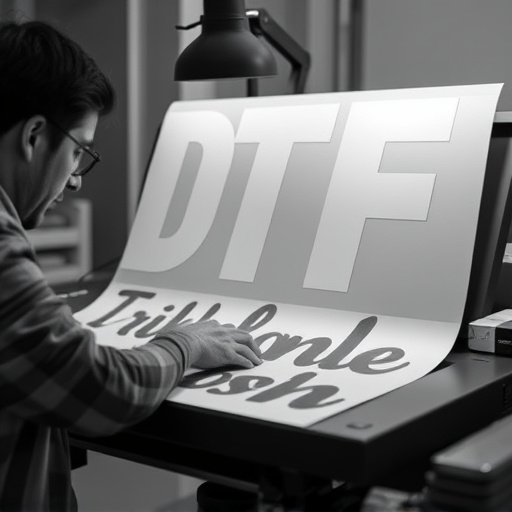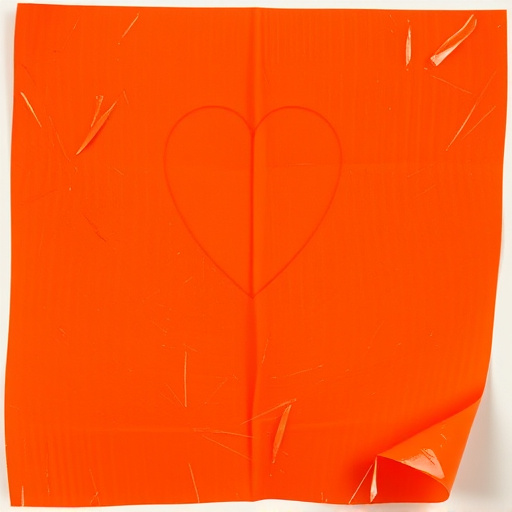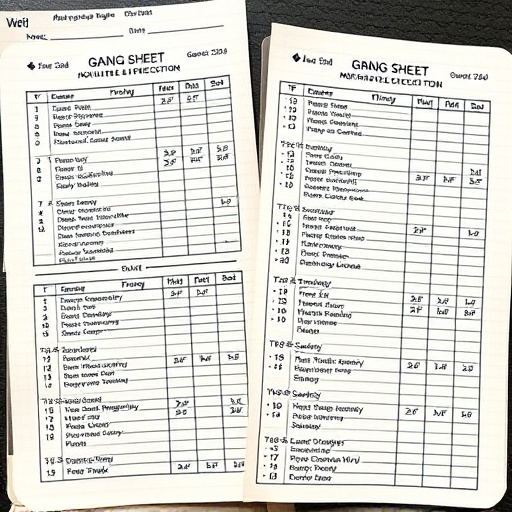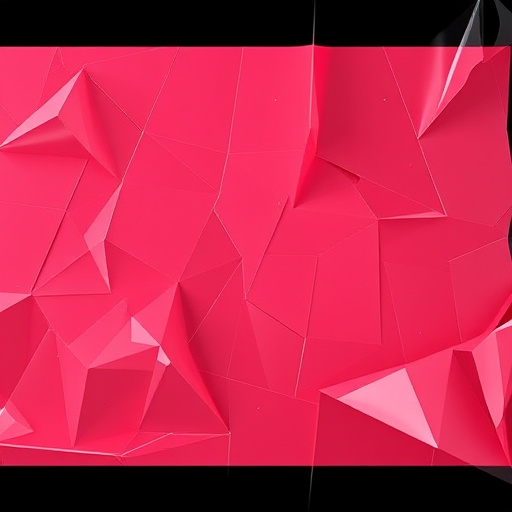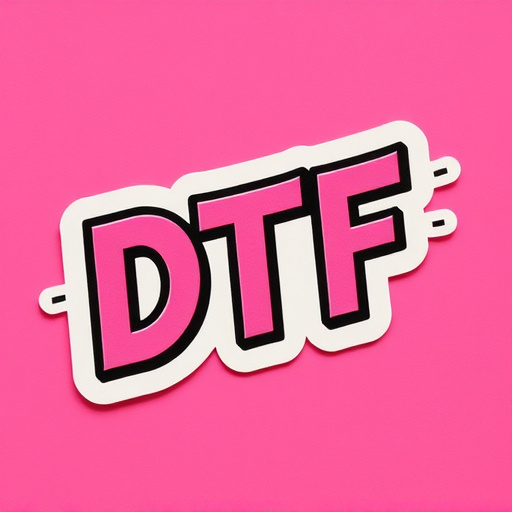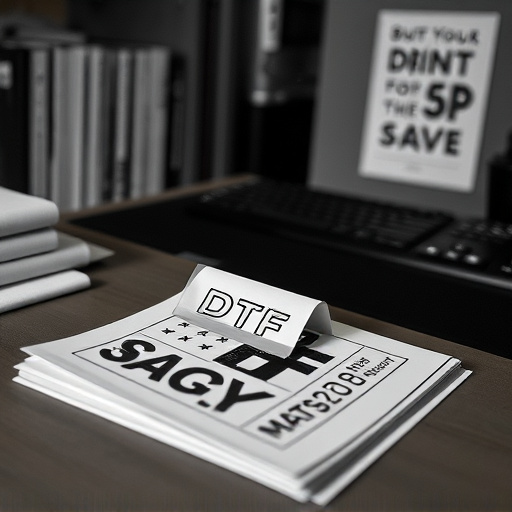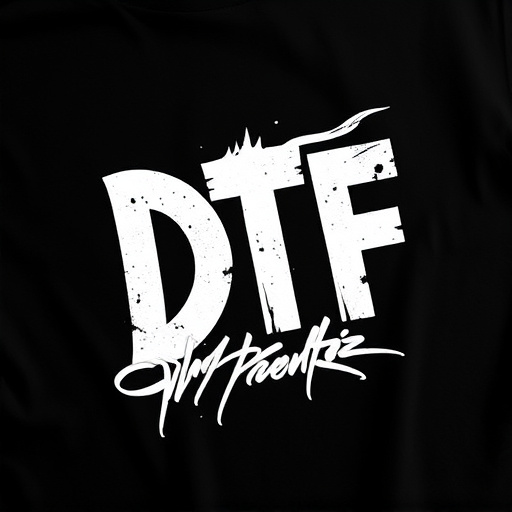The DTF Hot Peel Film is a game-changer in digital printing, offering precise, crisp transfers onto various materials like metal, wood, and glass for professional-grade finishes. It provides better control than cold peel alternatives, catering to professionals and hobbyists. This film streamlines apparel manufacturing with faster turnaround times and personalized designs, reducing costs for pop-up stores, events, and limited collections. Successful applications are measured by aesthetics, durability, precise printing, easy peel removal, vibrant colors, and seamless blend with substrates, achieved through optimal printer settings and custom transfers for specific materials.
Discover how DTF (Direct To Finish) Hot Peel Film is revolutionizing production finishes. This innovative material offers unique properties, enhancing efficiency and quality in manufacturing. By understanding its benefits, from easy application to superior durability, you’ll explore effective integration strategies into various production processes. Learn metrics to measure success, ensuring optimal final finishes. Uncover why DTF Hot Peel Film is a game-changer for achieving vibrant, lasting results.
- Understanding DTF Hot Peel Film: Properties and Benefits
- Integrating Hot Peel Film into Production Processes
- Measuring Success: Evaluating Impact on Final Finishes
Understanding DTF Hot Peel Film: Properties and Benefits

DTF Hot Peel Film is a game-changer in the world of digital printing, offering unique properties and significant benefits for various applications. This innovative film is designed to facilitate the transfer process, especially for DTF (Direct to Film) prints. Its primary function is to create a durable, high-quality finish on a wide range of materials, from metal and wood to acrylic and glass.
The key advantage lies in its ability to withstand heat during the peeling process, ensuring precise and crisp results. This hot peel film forms a strong bond with the substrate, making it ideal for creating vibrant, long-lasting DTF transfers. Unlike cold peel alternatives, it provides better control over the transfer process, resulting in more accurate designs and textures. This makes it a preferred choice for professionals and hobbyists alike who want to achieve professional-grade finishes on their projects.
Integrating Hot Peel Film into Production Processes

Integrating DTF Hot Peel Film into production processes is a game-changer for many businesses, especially those specializing in apparel and merchandise. This innovative technology streamlines the printing process, enabling faster turnaround times and more personalized designs. By utilizing direct to film (DTF) printing techniques with hot peel films, manufacturers can achieve high-quality, vibrant prints on various materials, including hoodies.
This method offers a cost-effective solution for creating custom, on-demand products. For instance, DTF Hot Peel Film can be seamlessly incorporated into the production line for direct to film personalized hoodies. It allows designers and businesses to swiftly adapt to changing trends and customer preferences, ensuring that each product is tailored to individual needs. This flexibility is particularly beneficial for pop-up stores, events, or limited-edition collections where quick production and unique designs are paramount.
Measuring Success: Evaluating Impact on Final Finishes
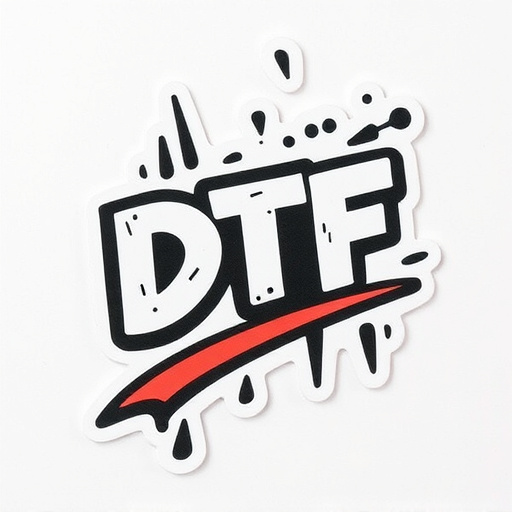
The success of a DTF (Direct to Final) Hot Peel Film application is measured by its impact on the final finish of products. When used correctly, this innovative film can significantly enhance product aesthetics and durability. Evaluating its effectiveness involves examining several key factors. The first step is ensuring precise registration during printing, which aligns with the design specifications, resulting in crisp and clear graphics.
Post-application, the ease of peel removal is critical; a smooth, clean separation between the film and the substrate indicates a successful installation. Additionally, the final finish should showcase vibrant colors, consistent opacity, and a seamless blend with the underlying material, be it fabric, wood, or metal. The best DTF printer settings and custom DTF transfers designed for specific substrates can make all the difference in achieving these outcomes, ensuring a high-quality, professional result.
The implementation of DTF Hot Peel Film in production processes offers significant advantages, as evidenced by its impact on final finishes. By understanding the unique properties and benefits of this film, manufacturers can optimize their operations, ensuring superior product quality and efficiency. Integrating hot peel film into existing workflows enhances durability, precision, and overall aesthetic appeal, making it an indispensable tool for achieving exceptional results in various industries.
